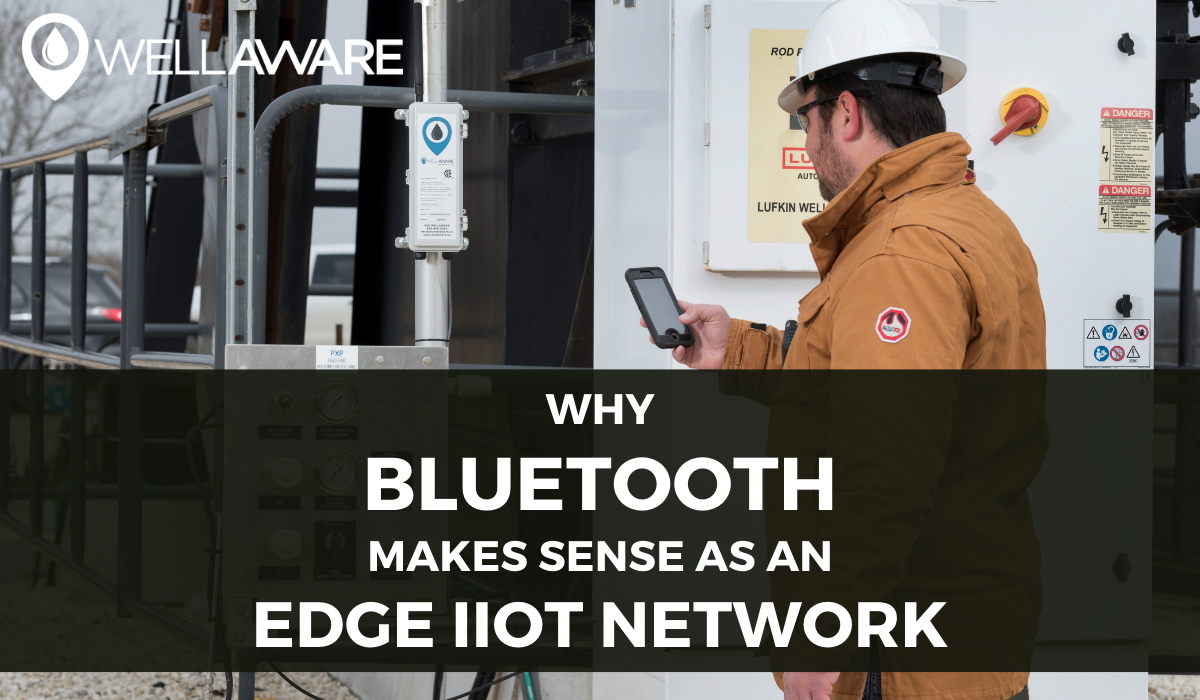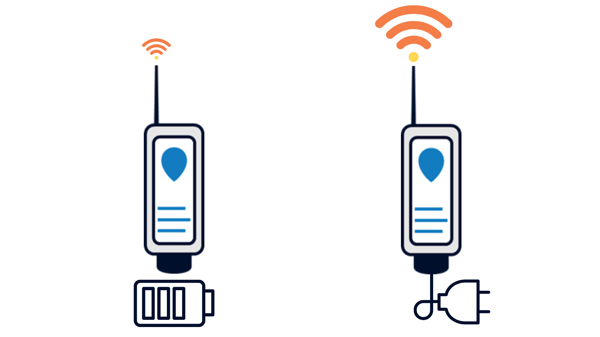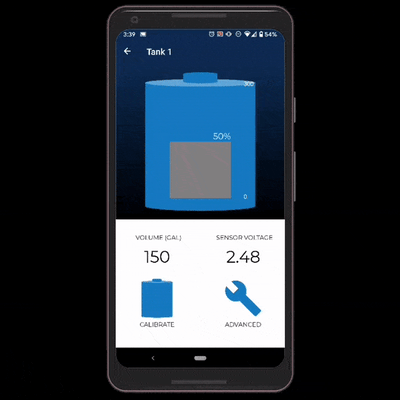
News, Insights, and more on Industrial IoT
 The industrial Internet of Things (IIoT) is completely transforming how most organizations operate today. Through the power of smart technology and wireless networking, leaders can automate manufacturing and industrial processes that would otherwise require human intervention. Looking ahead, the potential for innovation is enormous.
The industrial Internet of Things (IIoT) is completely transforming how most organizations operate today. Through the power of smart technology and wireless networking, leaders can automate manufacturing and industrial processes that would otherwise require human intervention. Looking ahead, the potential for innovation is enormous.
According to Quince Market Insights, the IIoT market is currently valued at $82B. Over the next eight years, the sector is projected to grow at an astounding 21% CAGR, as billions of new smart devices go online. Our global economy is structuring itself around wireless connectivity and data created by these devices. Leaders who want to take advantage of Industry 4.0 must be able to build scalable and reliable networks that can support their smart infrastructure as it expands.
When it comes to wireless networking for the IIoT, there are plenty of ways to establish connectivity. We won’t go into the details, but suffice it to say that wireless roughly falls into two buckets: local area networks (LANs) and wide area networks (WANs). Generally speaking, LANs aggregate data in localized regions - perhaps a factory floor or an oilfield facility - and WANs get that data back to the cloud. When it comes to wireless LANs, one networking technology that often gets overlooked is Bluetooth.
In reality, Bluetooth isn’t even considered a wireless LAN, as defined by the IEEE 802.11 standard. Technically, Bluetooth has been classified as a Personal Area Network, or PAN. It’s a technology most commonly used for consumer devices, like phones, smart watches, and digital assistants. Despite the perceptions, however, Bluetooth can offer some serious advantages as an Edge Network for IIoT applications.
In this post, we’ll highlight 4 categories where Bluetooth either shines outright, or at least has potential. We’ll address some of the misconceptions about Bluetooth, and show how advances in Bluetooth technology are making it more feasible as a valuable part of an edge IIoT device strategy. The four categories we cover are
By the end, you’ll have a better understanding of the role Bluetooth can - and does already - play in the IIoT. Let’s get started.
In IIoT applications, we hear a lot about the importance of “device-level security.” Companies use a variety of strategies to protect their devices, including secure booting, continuous monitoring/over-the-air (OTA) updates, firewalling and IPSec, user access controls, authentication, and more. At WellAware, we follow zero trust principles to secure IoT devices.
From an intruder’s perspective, IIoT devices’ wireless connections offer an appealing way to gain access from a distance. For many IIoT devices, that starts with their WLAN interface. We’ve already seen countless examples of hackers exploiting weaknesses in home WiFi WLANs to manipulate consumer IoT devices (see here, here, and here). IIoT devices are just as exploitable (and likely more valuable for would-be hackers).
 Device-level security and secure wireless networking enabled by Bluetooth can block intruders from accessing your corporate networks through IIoT devices.
Device-level security and secure wireless networking enabled by Bluetooth can block intruders from accessing your corporate networks through IIoT devices.
Fortunately, Bluetooth has some inherent features that can help minimize common WLAN cybersecurity vulnerabilities. According to this blog by u-blox, a global manufacturer of Bluetooth modules for IIoT devices, Bluetooth is inherently secure for three critical reasons.
First, in Bluetooth networks, transmitting and receiving devices sync up and “hop” between frequencies when transacting data, which makes it harder for listening devices to dial in. This is a critical security feature that is absent in most WiFi systems. Second, Bluetooth 4.2 and later use authentication methods that prevent “man-in-the-middle” attacks by devices that try to disguise themselves to intercept data in wireless transactions. Third, Bluetooth allows devices to “disappear” after they pair by encrypting device addresses - they are essentially invisible to any unauthenticated devices.
Of course, there’s a lot more we could say here as security is a BIG deal. But, at a high level, Bluetooth has at least comparable security advantages to other WLANs, which is why it’s at least a dark horse contender as a robust IIoT edge networking technology.
One of Bluetooth’s biggest and most well-known advantages is that it is a low-power technology. We’ve talked before about why the low-power nature of ARM architecture makes sense for the IIoT - the same can be said for Bluetooth!
Bluetooth Low Energy (or BLE) is a version of Bluetooth designed to significantly reduce power consumption at a similar range to classic Bluetooth. For instance, BLE can get power consumption down to 1-2 mW, which is significantly less than that of classic Bluetooth and 40x lower than the typical WiFi connection.
The downside of BLE is that data rates are generally slower (less than 2 Mbps). But, when you think about it, that rate ceiling is far above what many IIoT apps need.
 Bluetooth Low Energy (BLE) can use 40x less power than WiFi as an Edge IIoT network
Bluetooth Low Energy (BLE) can use 40x less power than WiFi as an Edge IIoT network
Consider a tank level monitoring device that sends 10, 32-bit values every 5 minutes. Even if you throw in significant overhead for comms headers and such, you’re still only transmitting a few bits per second, which is WAY less than BLE’s data rate capacity. Of course, your Bluetooth “master” that is managing incoming transactions from distributed devices would likely be the rate limiter here, but in these example a single Bluetooth access point could still support thousands of IIoT devices.
Low power consumption is a critical feature for IIoT networking, because smart devices need to operate on their own power sources. We can’t achieve our IIoT goal of gathering high-quality field data otherwise. Manufacturers and industrial companies need their smart sensors to last YEARS without maintenance or new batteries. And the best way to ensure that happens is by using a low-power edge IIoT network, like Bluetooth.
Now, transmission range is where Bluetooth - perhaps rightfully - gets a bad rap. The classic Bluetooth standard specifies a maximum line of sight (LOS) range to around 100 meters (330 feet). However, most tech-savvy users know that the actual range in real-world environments is much shorter.
Most classic Bluetooth connections work best within ~30 feet, which is why Bluetooth has often been relegated to phones and wearables and is likely not sufficient for modern IIoT applications. But, get this - recent advances in Bluetooth technology have extended that range significantly. Bluetooth 5.0 delivers a host of new features, long range included.
Bluetooth 5.0 includes an operating mode, called Coded PHY, that extends the range of BLE up to 1 kilometer or more. Sure, you do have to sacrifice a bit on data rates, but as we discussed above, most IIoT apps only need a fraction of total capacity even at this reduced rate. With Bluetooth 5.0, BLE coverage can exceed even that of WiFi and still enable data rates that should support the majority of edge IIoT apps.
So, forget the idea that Bluetooth is only for connecting smart consumer products. Bluetooth 5.0 has expanded our thinking on how we can use the technology for the IIoT.
Security, Power, and Range are all important elements of any wireless networking for IIoT projects. But this last one is where we get really excited.
The thing we love most about Bluetooth is how accessible it is through mobile app HMIs. In other words, everybody today has a smartphone, and every smartphone comes with Bluetooth capabilities. As it turns out, Bluetooth’s definition as a PAN actually boosts its likeability as an IIoT edge network
Why does this matter?
At WellAware, we are all about collecting better data to generate better results. In the IIoT context, this means that we want to structure and normalize data at the source, so that we have more confidence in both its accuracy and context.
And since most IIoT devices are running on a low-power ARM architecture that isn’t designed for super-compute-intensive operations (though people are certainly pushing those boundaries), there is an opportunity to leverage our smartphones even more.
Today, we can use our smartphones to provision and commission IIoT edge devices on Bluetooth for applications that normalize and contextualize data. For instance, our customers use their smartphones to capture rich metadata - like high-resolution images - of WellAware devices during commissioning and use. Doing so creates rich context for the types of data that devices create.
During device set up and interaction, we can use the power of our smartphones to manage applications, perform calibrations, and capture metadata. Then, during normal operation, we can sit back as our IIoT devices collect normalized data for years on end. This is HUGE
Furthermore, smartphones give us access to applications that can take on rich visualizations using smartphone features, allowing us to use devices optimized for UX (our smartphones) to dial in function conditions on devices designed to sense and deliver structured data (our IIoT devices).

Bluetooth connections let us wirelessly and intuitively perform compute-intensive functions on our IIoT devices, like this tank calibration wizard performed on the WellAware Field App
For example, WellAware tank level monitoring devices use a proprietary calibration algorithm - powered by an intuitive wizard on our Field Mobile App - to simplify the calibration process without sacrificing reliability. Operators are used to punching through a complex menu-tree using embedded buttons on IoT devices - a frustrating, mistake-prone process that takes too much time. With mobile apps as our “HMI” of sorts, we can get the same or better results with a much better user experience.
In reality, our smartphones are handheld supercomputers! They are designed for compute-intensive tasks, which makes them great for pairing with low-power IIoT devices. And Bluetooth serves as a perfect medium to power this exchange.
Yes...we could do all of this with a laptop and a long configuration cable. Although, we’d have to open up a com port, set a baud rate, and figure out how to keep our computer running for more than a few hours. But why would we?
Nobody uses wired headphones anymore (remember the 3.5mm jack??). Why should IIoT devices be any different?
And yes, in theory we could use WiFi as well, and some do this. But if we are using WiFi as our internet connection on our phone, pairing to an IIoT device using the same connection means we lose access to the internet (or have to fallback on a possibly spotty cellular connection). If we want to use real-time cloud compute to enable functions like we described above, we might be out of luck.
At the end of the day, everything boils down to getting accurate and reliable data that we can trust from IIoT. WellAware has chosen Bluetooth as a viable networking option for our Edge IIoT devices for this very reason, and we think Bluetooth can play a big role in ensuring data quality over the long term. Don’t overlook Bluetooth as a useful edge IIoT network. The secure, low power, long range, nature of the network, paired with its ability to do "double duty" as a configuration and data transfer interface, make it viable as a local wireless network for edge IIoT devices.
Like what you're reading? Sign up for updates!
Have a Question?